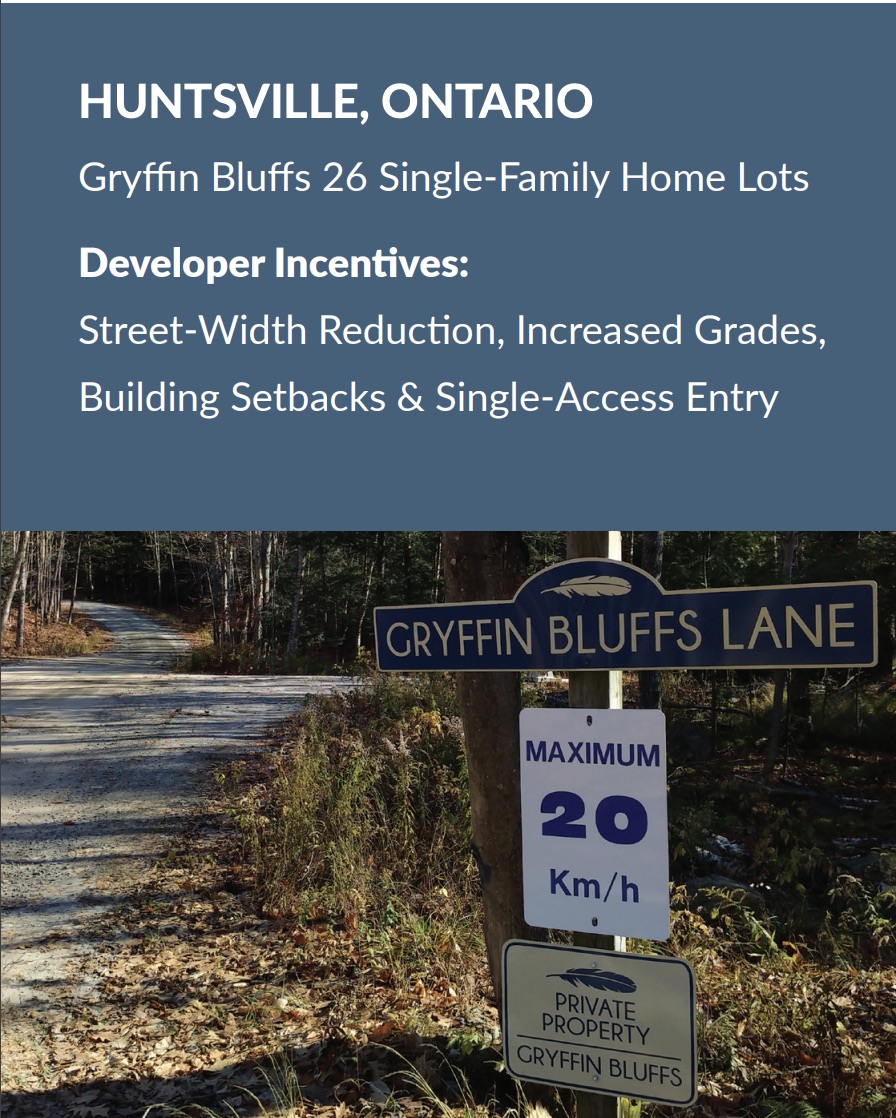Housing affordability is a major issue across Canada. When considering this problem’s impact on buyers and weighing potential solutions, there are many aspects that should be considered. Too often, the costs of installed residential sprinklers are the low-hanging fruit that gets cited as a deterrent to new-home buyers.
When I hear the argument that the life-saving benefits of home fire sprinklers are not warranted when the installation costs are weighed against the number of lives saved, I get how those arguments seem compelling. However, on deeper analysis, they prove to be shallow.
For one thing, there are additional benefits of fire sprinklers that are often ignored. Previous costing studies conducted in Canada have been cited by both the NFPA and the Canadian Association of Fire Chiefs (CAFC) as exaggerating the installation costs while understating the benefits of sprinklered homes and communities.
It is worth a deeper dive. Every municipality should consider the possible incentives that can be offered to reduce developer and/or municipal costs when sprinklers are installed to protect all new houses in a development. For example, one of the most used incentives is reduced limiting distances, which allows developers to build more homes in a subdivision, increasing their revenue. Another example are developer cost savings allowed with sprinklered homes, such as single access points and increased hydrant spacing.
Just one benefit that municipalities typically gain is water cost savings, such as not having to increase water supplies or pumping stations to meet the higher fire demands of non-sprinklered homes. And on this topic, let’s not forget the broader importance of water savings when there is a fire in a sprinklered home. FM Global conducted research that showed water used in firefighting was reduced by as much as 91% when sprinklers were installed.
The practice of sprinkler incentives is taking hold in municipalities across Canada and the US. On this website we provide a more thorough analysis of potential builder/developer incentives that can easily – and should be – explored. What Incentives Will Work in Your Community? – Home Fire Sprinkler Coalition Canada (hfsccanadanstg.wpengine.com)
Depending on the municipal requirements in place, lower costs may also be achieved by looking at the type of system installed, the type of backflow prevention devices permitted, and inspection requirements (if any). There may also be a difference in costs between CPVC and PEX installations.
NFPA and HFSC studies have also shown how installation costs are greatly reduced in areas with high demand, most often where there are long established mandatory sprinkler bylaws, such as in Scottsdale, Arizona, which has experienced close to 50 per cent reduction in installation costs compared to national averages.
Life safety is the purpose of NFPA 13D installation and obviously the most important factor (including a reduction in responding firefighter injuries, deaths, and exposure disease). But we should measure all benefits of home fire sprinklers, especially if costs are being weighed against benefits in local decision-making. These include a reduction in the number and severity of home fire burns and hospitalizations, municipal infrastructure cost savings, reduction in environmental damage, reduced direct and indirect fire losses for the homeowner, insurance premium savings, and the overall improvement and protection of a community. You can read more on each of these benefits in numerous studies referenced on this site. Reports Archives – Home Fire Sprinkler Coalition Canada (hfsccanadanstg.wpengine.com).
Housing affordability will remain a challenge that must be addressed and there are many components of new-home construction that are affordability stressors. But municipal officials considering fire sprinkler requirements should not fall into the trap of over simplifying a cost-benefit analysis. Choosing sprinklers to protect your community is an important decision that will protect homeowners for up to 50 years. The flip side is that every new development built without sprinklered houses is a setback for a municipality, creating substandard homes and endangering the lives of civilians and responding firefighters for the life of the home. This website provides a wealth of knowledge about home fire sprinklers. I encourage you to explore our free resources. And I look forward to your questions and comments.
Sean A. Tracey, FIFireE

